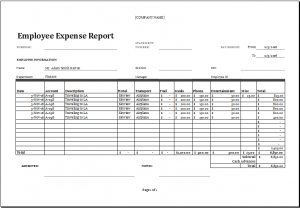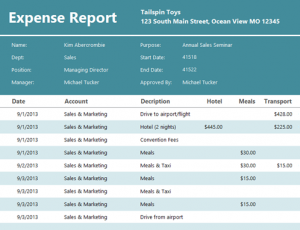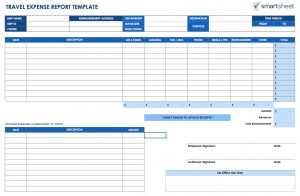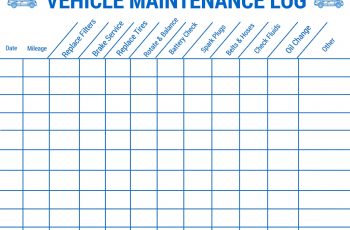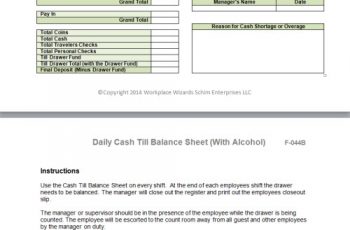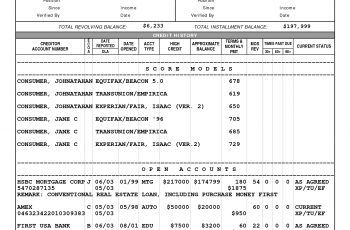Free Expense Report Templates Smartsheet
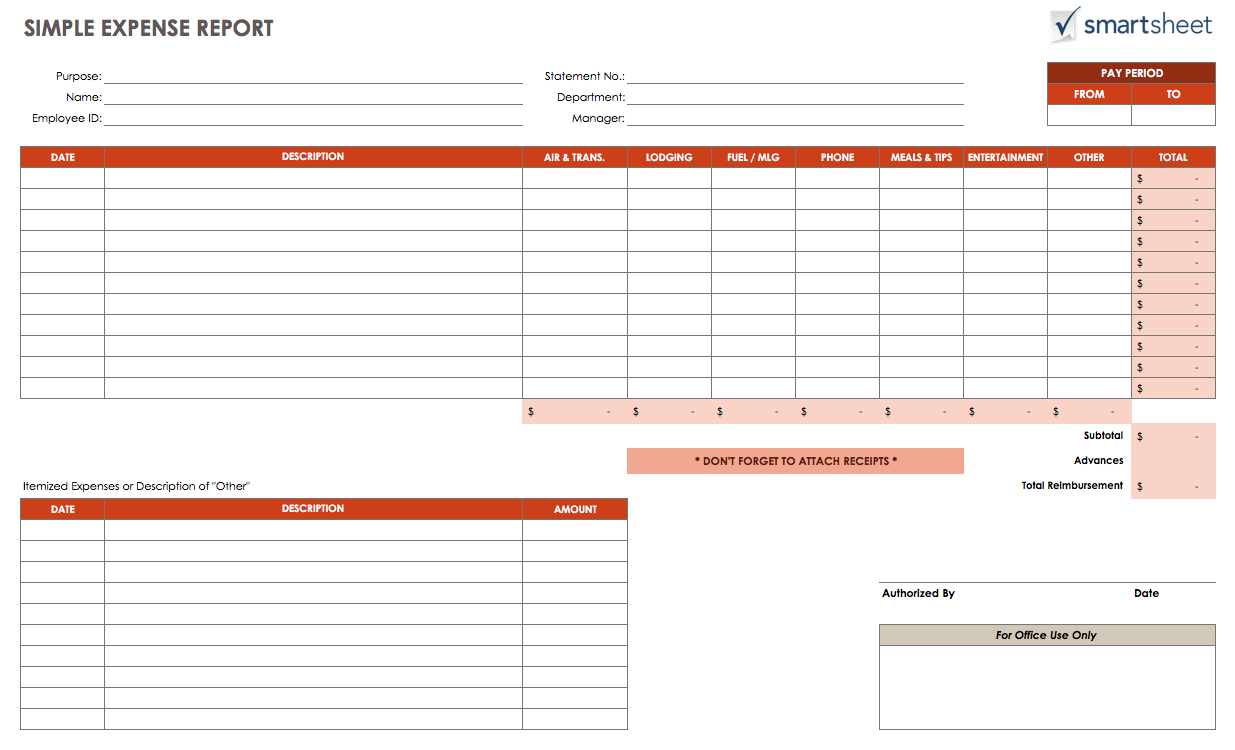
Depending on the type of RV, the repair cost can be quite important. The total cost of ownership of a used RV for three years is approximately half the price of having a new RV. In accounting, the expense has a rather specific meaning. It is possible to reduce unnecessary expenses, possibly move to a less expensive residence, sell the second vehicle. Rental costs come and go, and at the beginning there are a lot of costs that make it possible for you to live a frugal month later on a street. The price of buying gas does not improve or prolong the life of the truck, but simply makes it possible for the truck to work.
There is one last change you can make if it suits your purposes. The main objective of Excel is to use it as a commercial tool. One of the main advantages of a spreadsheet application like Excel is the fact that it allows you to stay organized in an incredibly hectic world.
Closely associated with accounting, finance professionals perform a wide selection of models and analysis of the performance of a company. All companies, however small, should obtain an accounting system. If you operate a company, understand the importance of Billing. To be successful you will need, in the same way as any other business, an appropriate business program. More than a few companies offer multiple discounts on vehicles or policies.
The manager can subtract the expenses caused by the advertising, the cost of the products and the salaries. The managers of a young company must realize from the beginning that they might have a weak understanding of some essential parts of the management puzzle. On the other hand, modern financial managers generally prefer to consult the Total Free Cash Flow Statement as a genuine measure of how well the supplier is doing, “thinking that income is not really income unless you really make money.
An expense report is a kind of document that contains all the expenses incurred by a person as a result of the commercial operation. There are different types of documents that can be produced in a business atmosphere. It is mainly beneficial to collaborate with documents with different people on your staff. Now that you have organized your physical files, it is time to establish a record keeping system that you will maintain as normal.
As a spreadsheet application, Excel initially intended to duplicate the massive paper spreadsheets that were used by accounting professionals for more than a hundred decades. With a little creativity and a little look under the hood, you can benefit your business in amazing and wonderful ways. It is a robust spreadsheet platform that allows you to track and store a variety of data effectively. In case you have Microsoft Excel, you can use spreadsheets to keep the tabs in your records and help prevent mathematical errors. Next, you will discover a variety of Microsoft Excel templates that are easy to use and free to download. Microsoft Excel is one of the most widely used commercial applications in the world today. As demonstrated in the previous video, it allows you to use one of the many templates available online or locally.
expense report spreadsheet
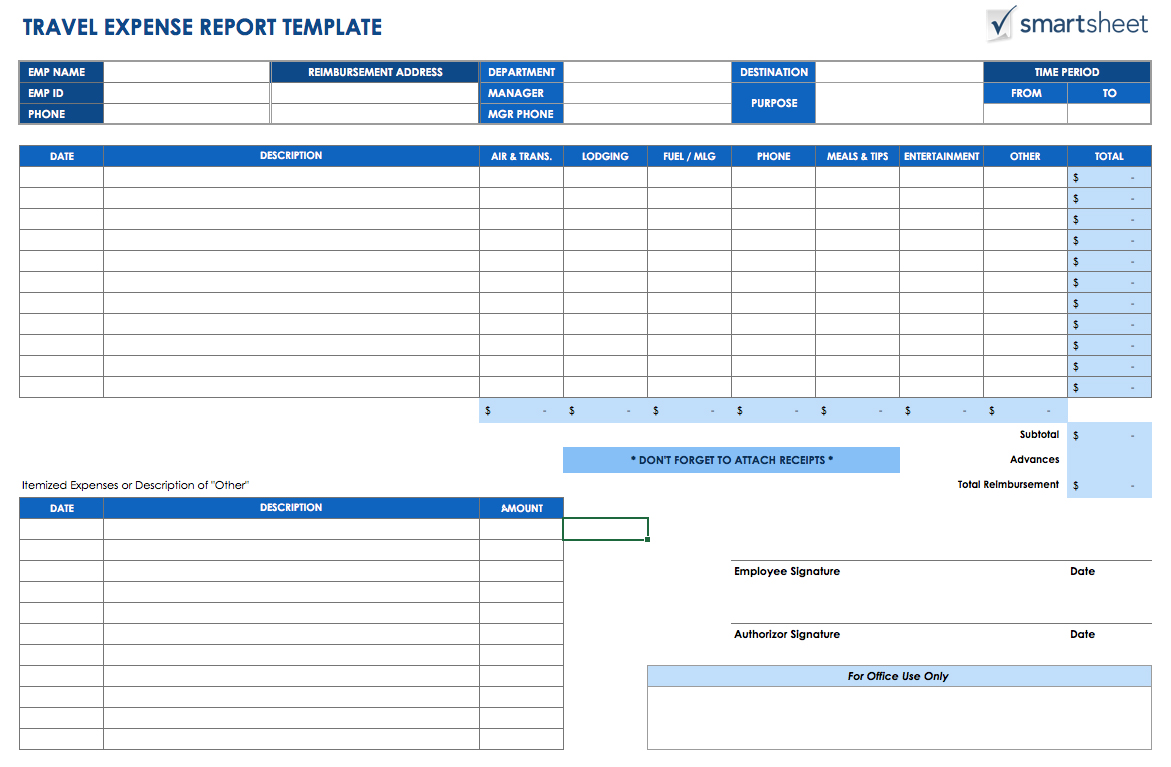
Free Expense Report Templates Smartsheet
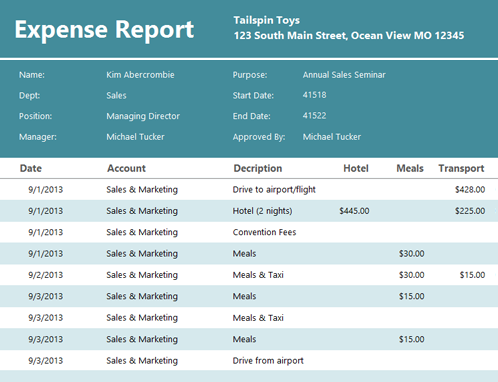
expense report spreadsheet
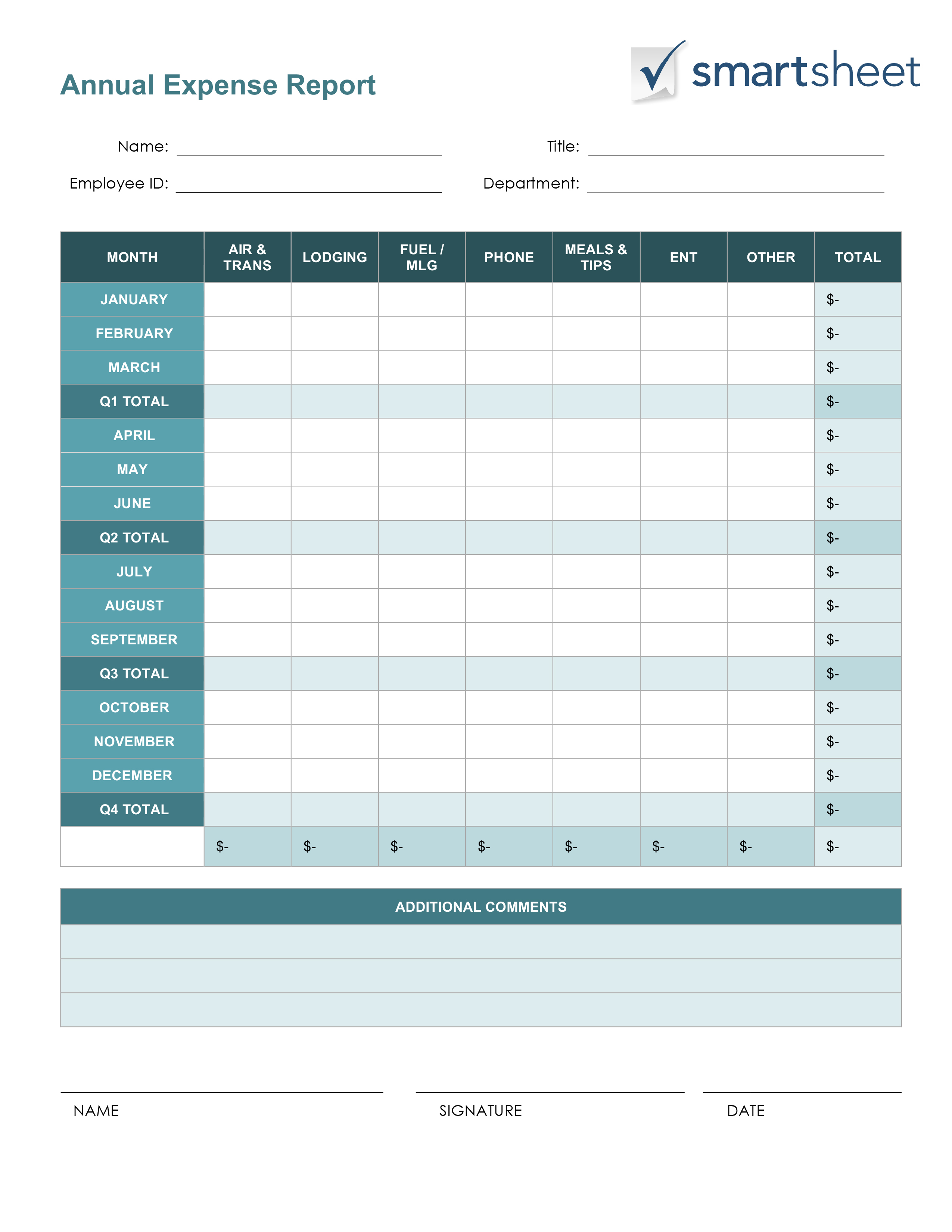
Free Expense Report Templates Smartsheet
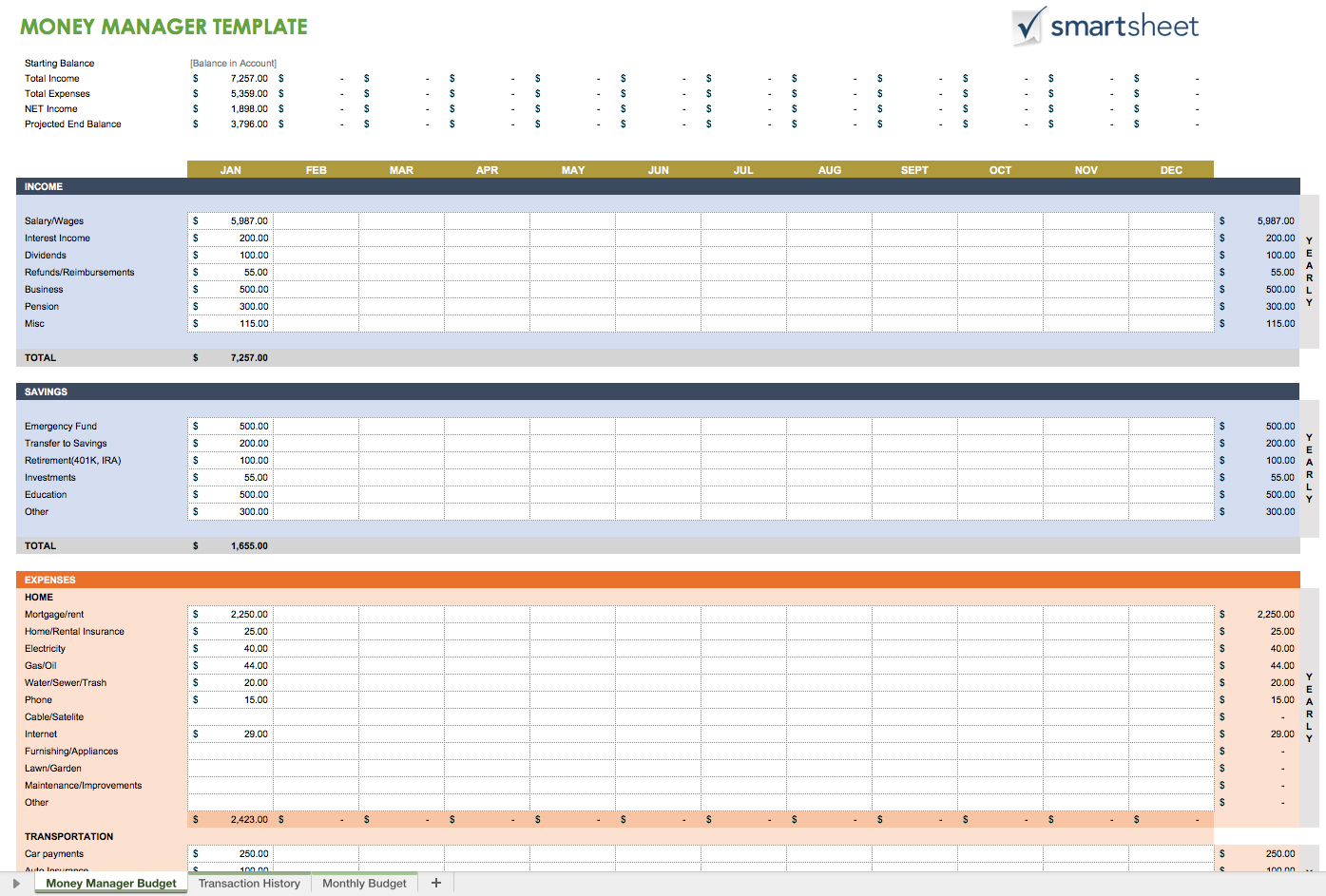
expense report spreadsheet
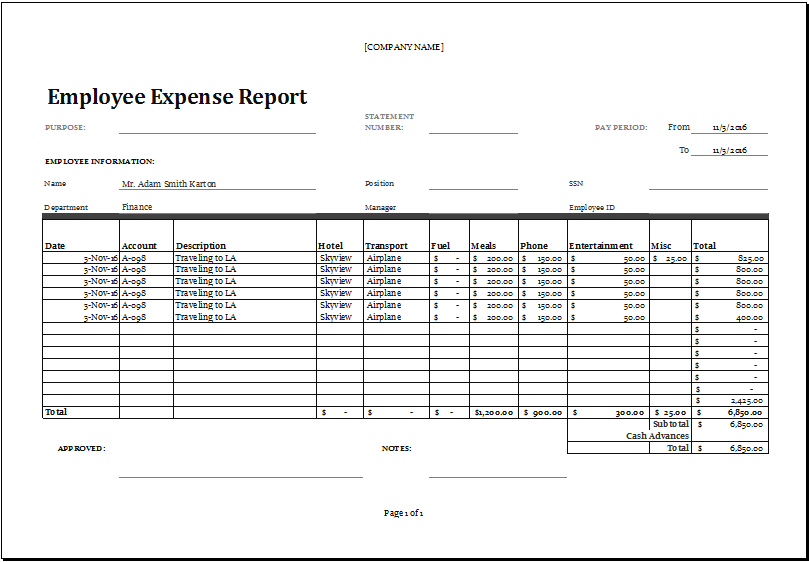
Free Expense Report Templates Smartsheet

Excel Employee Expense Report Templates | Excel Templates

